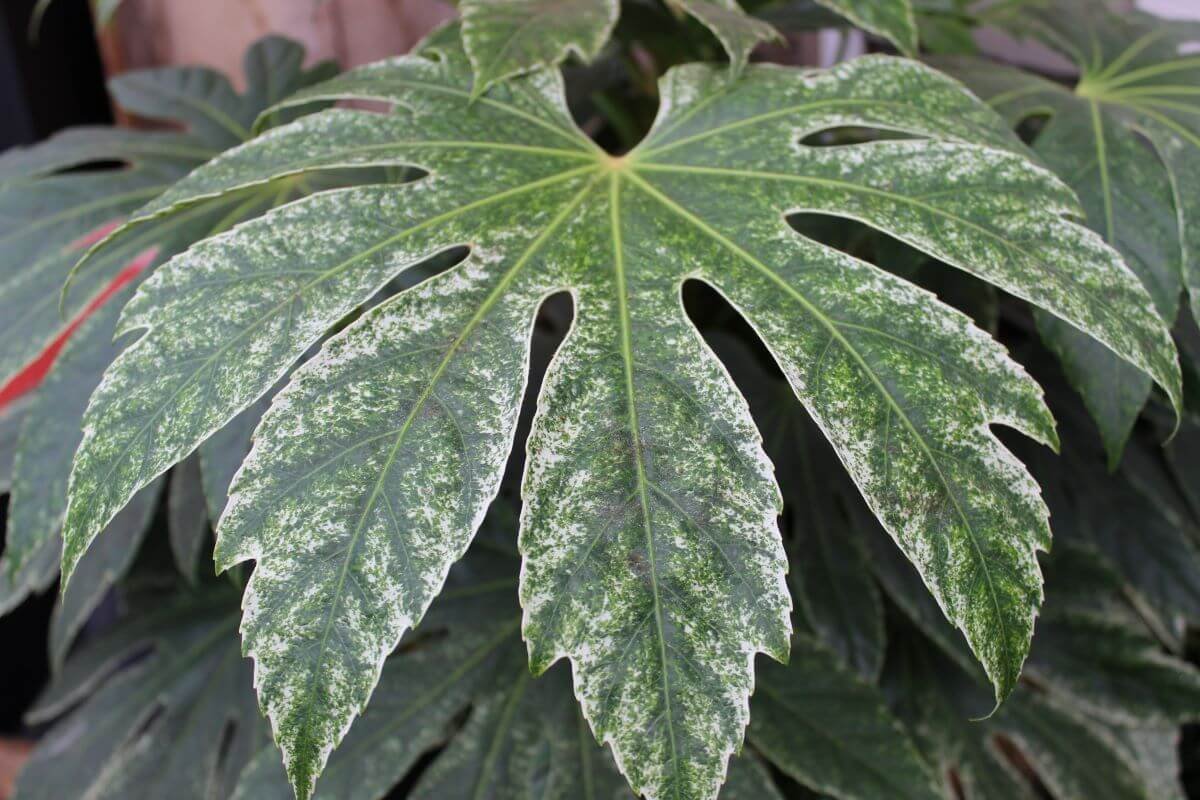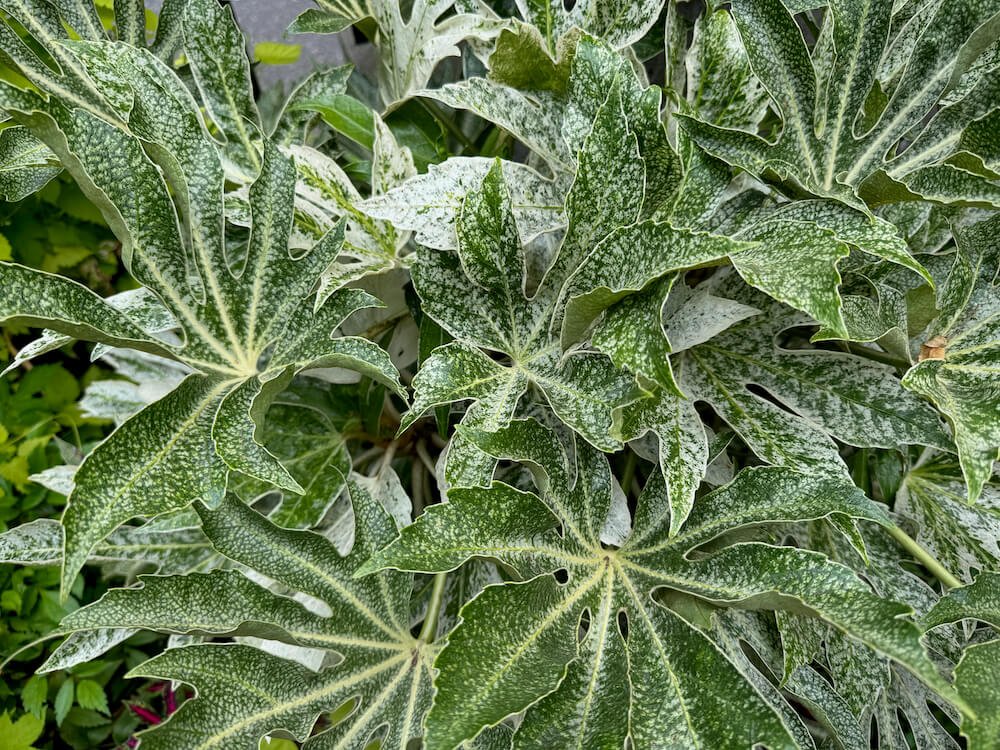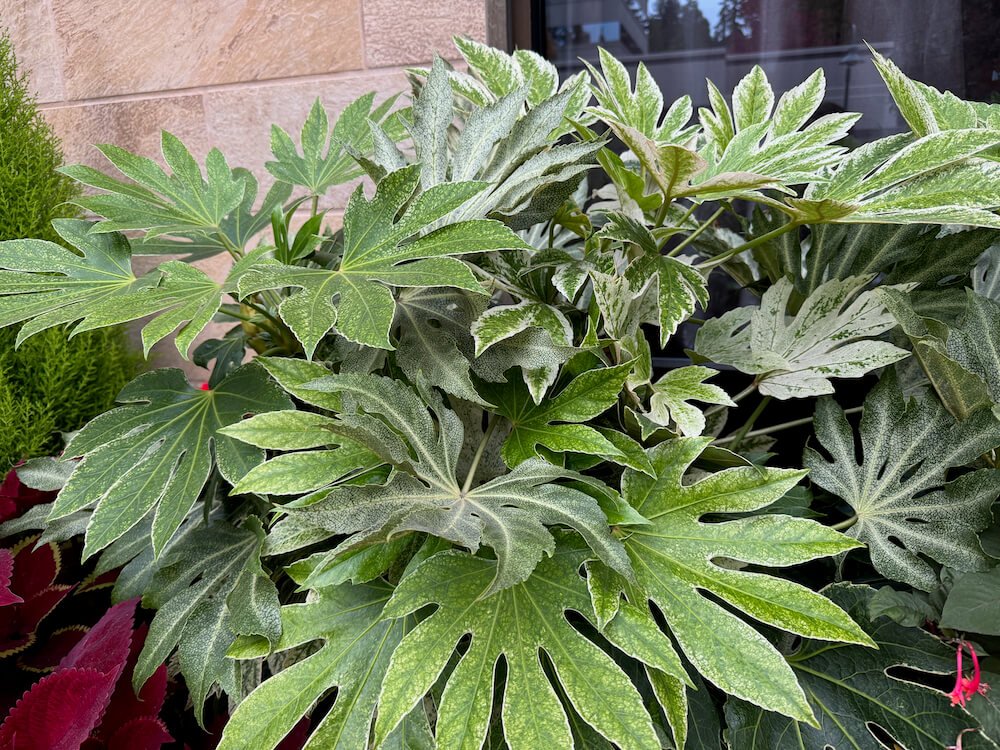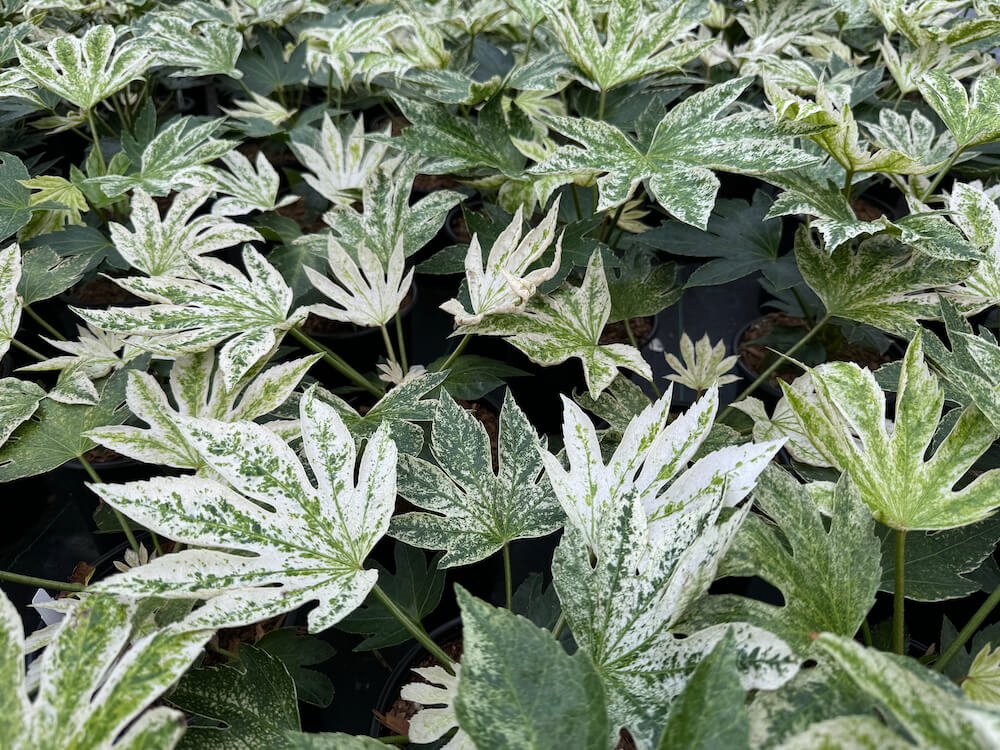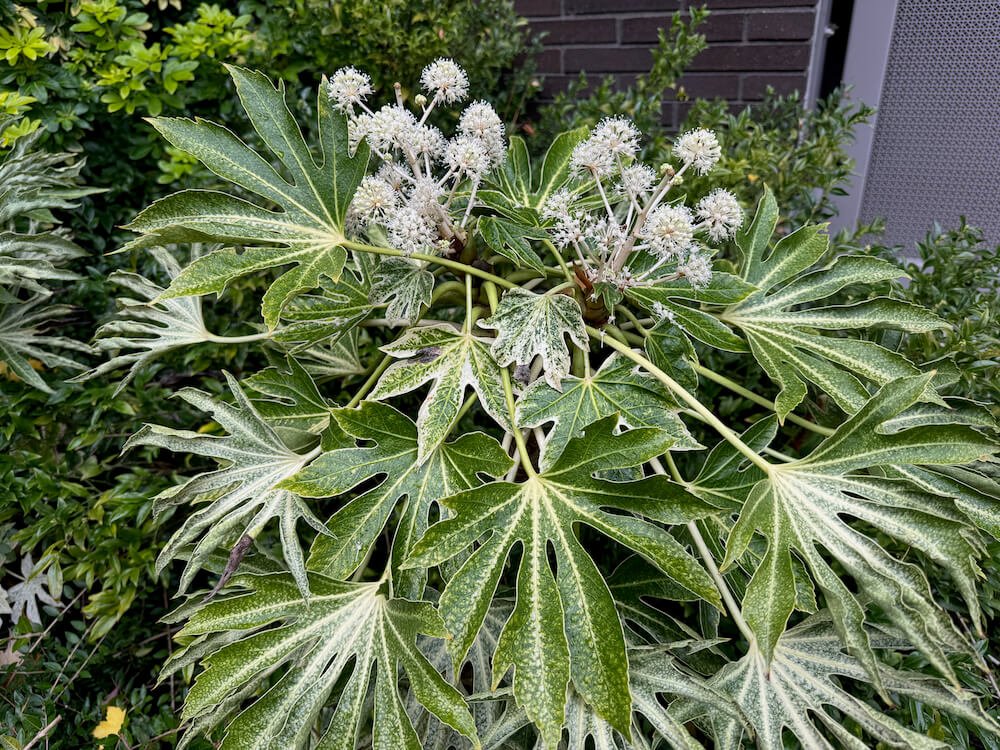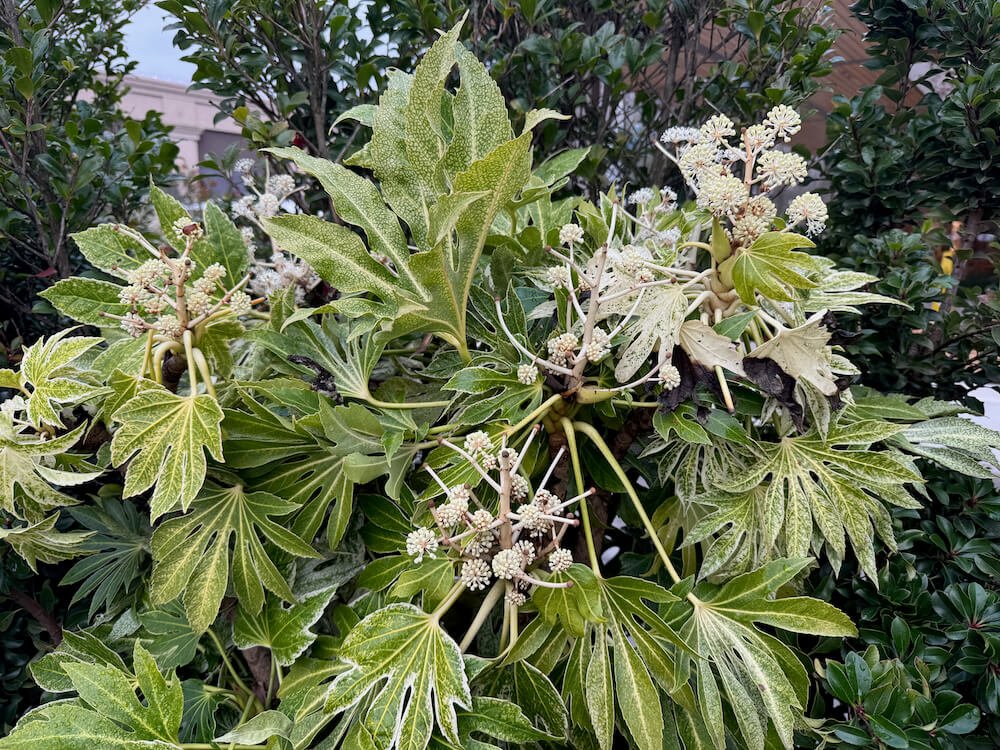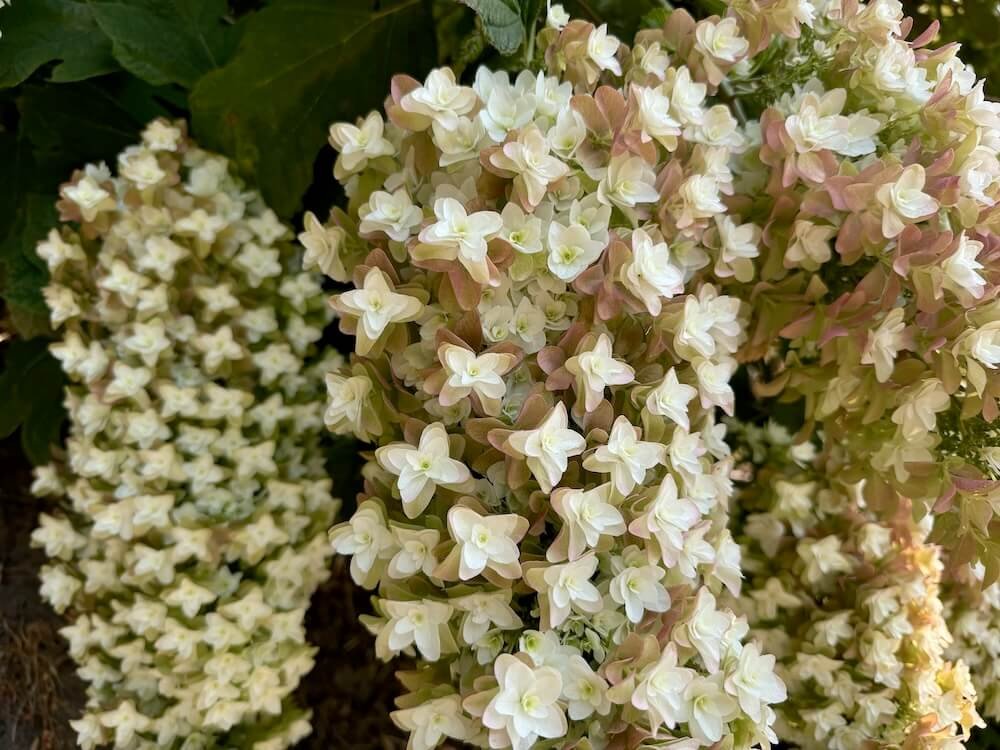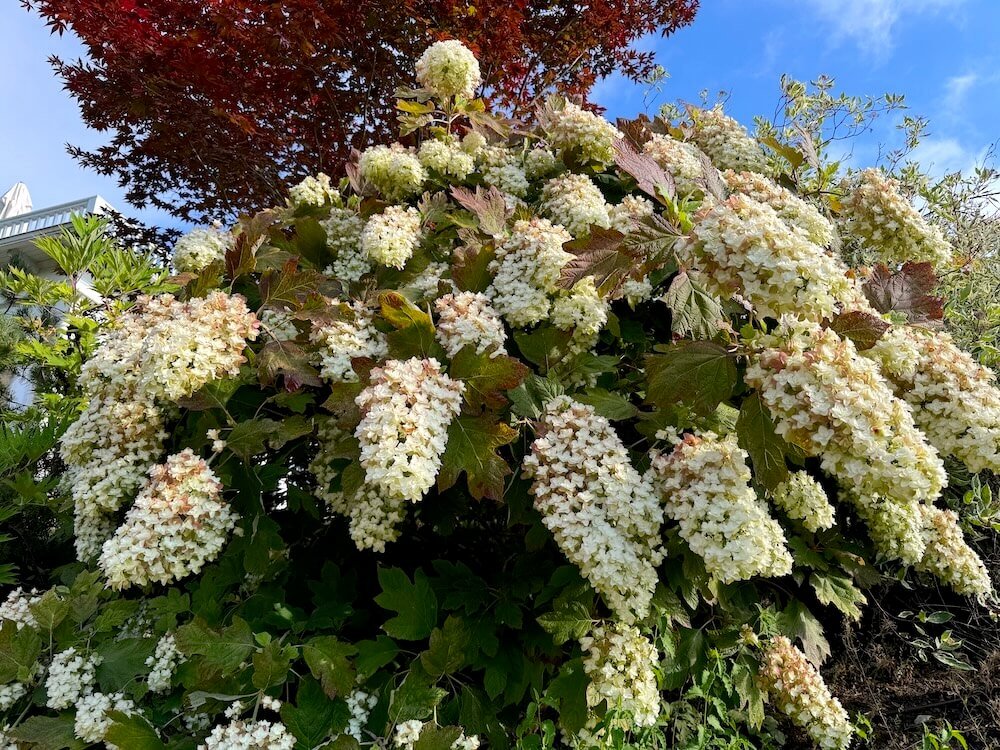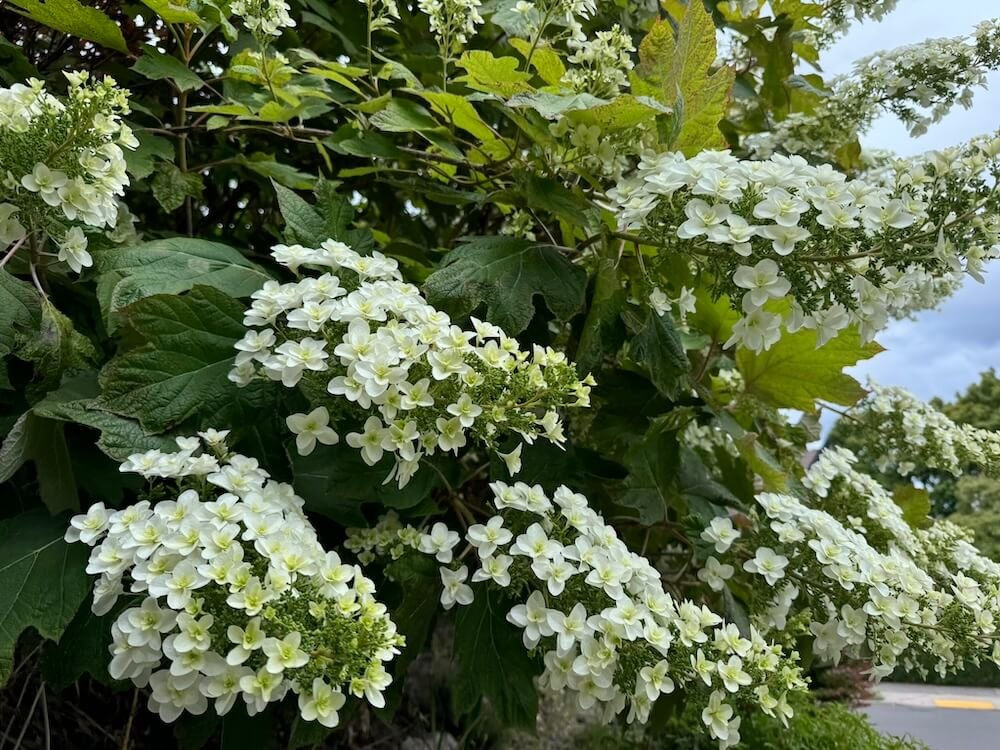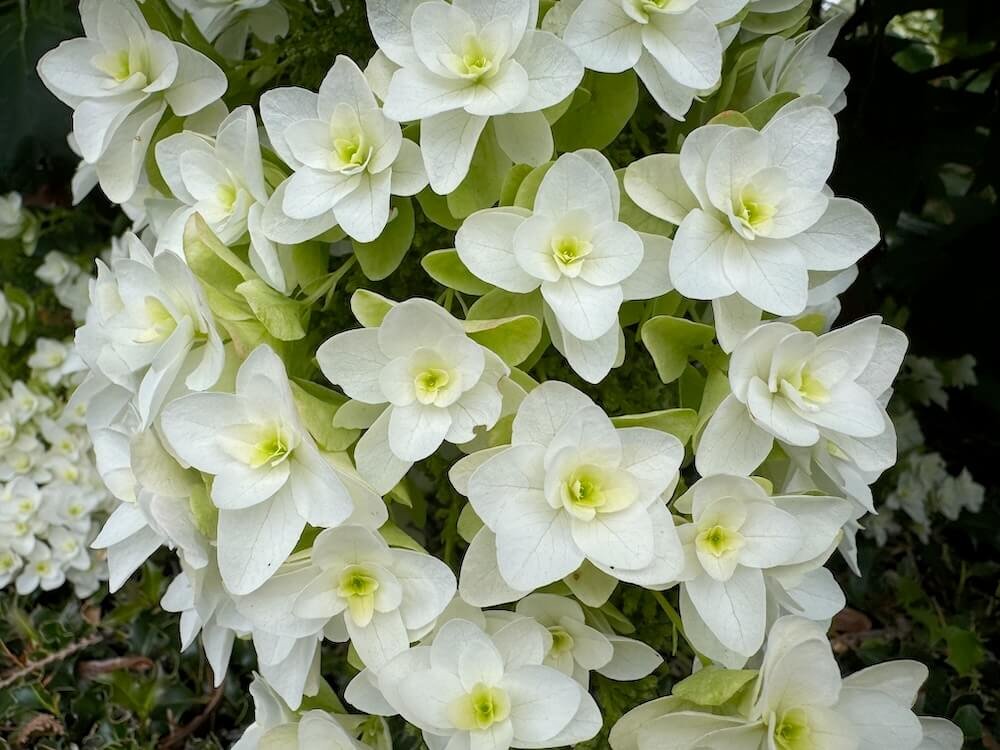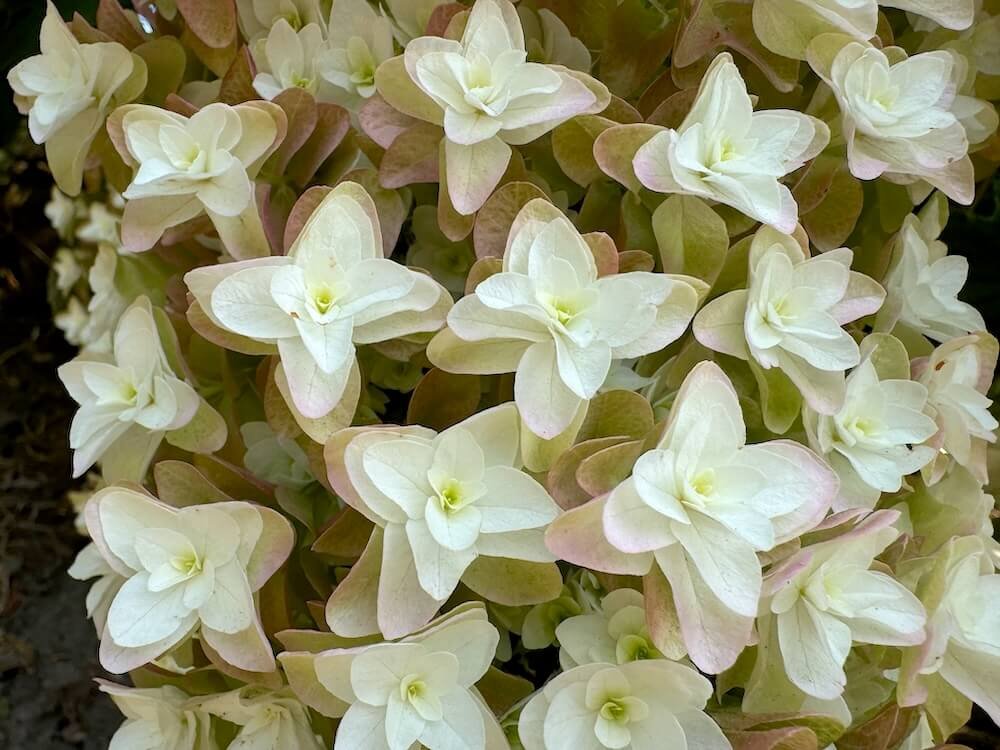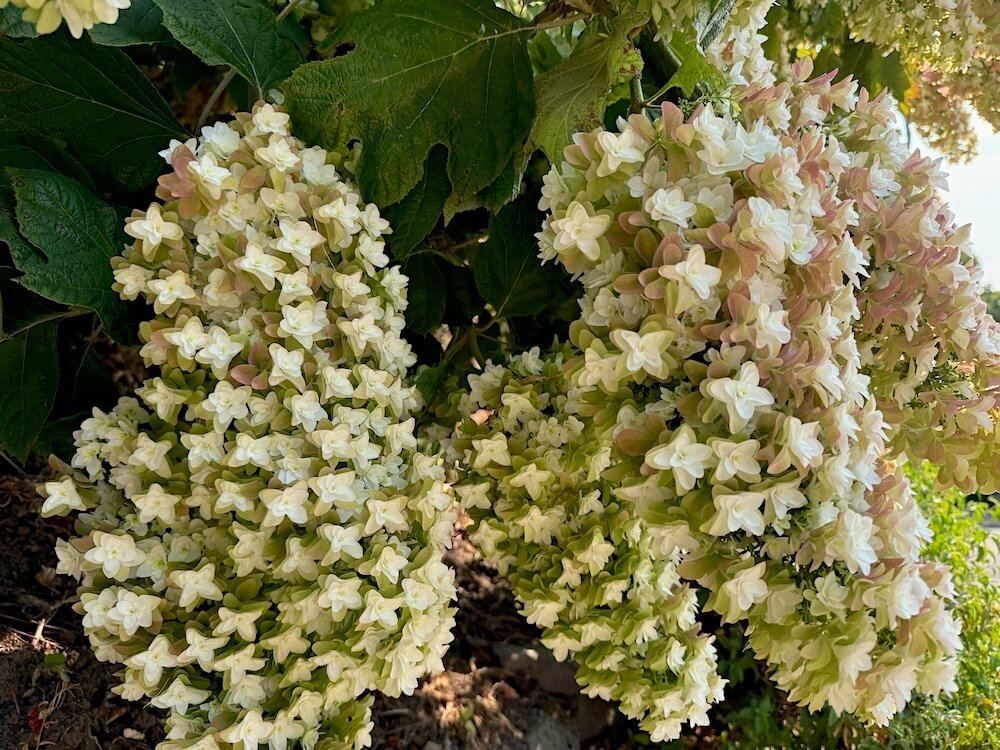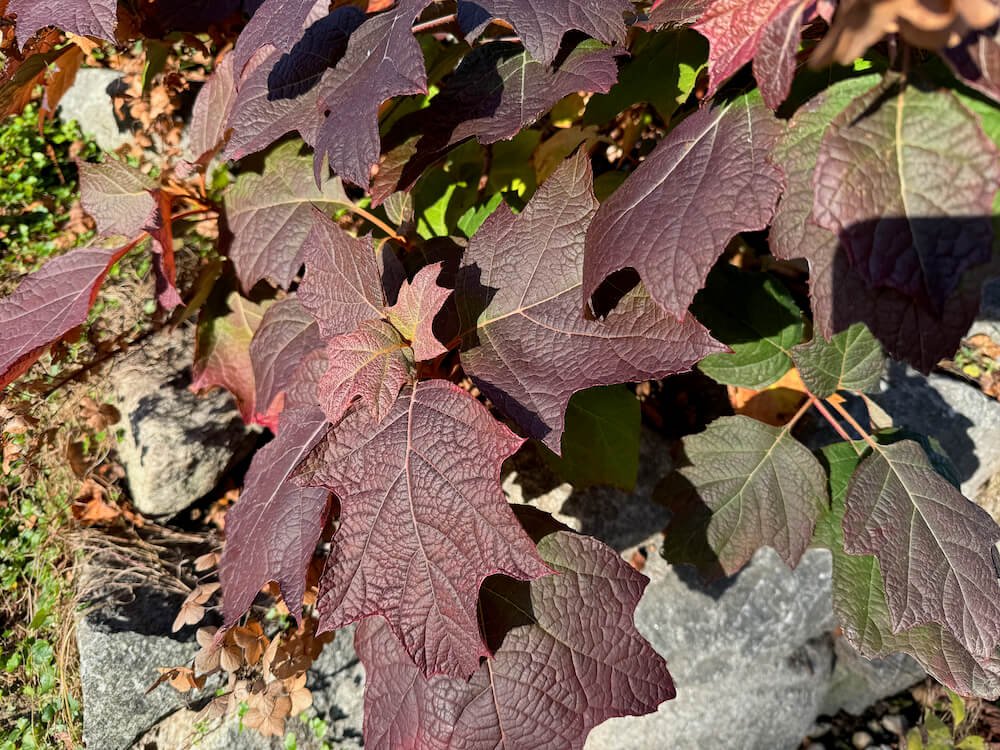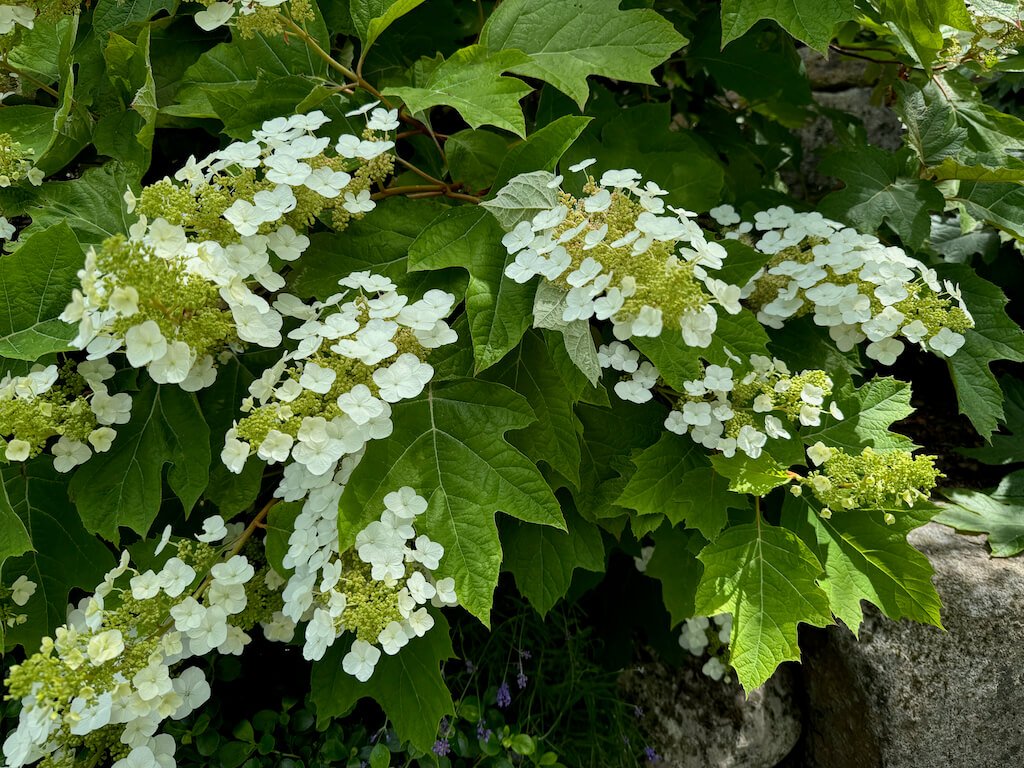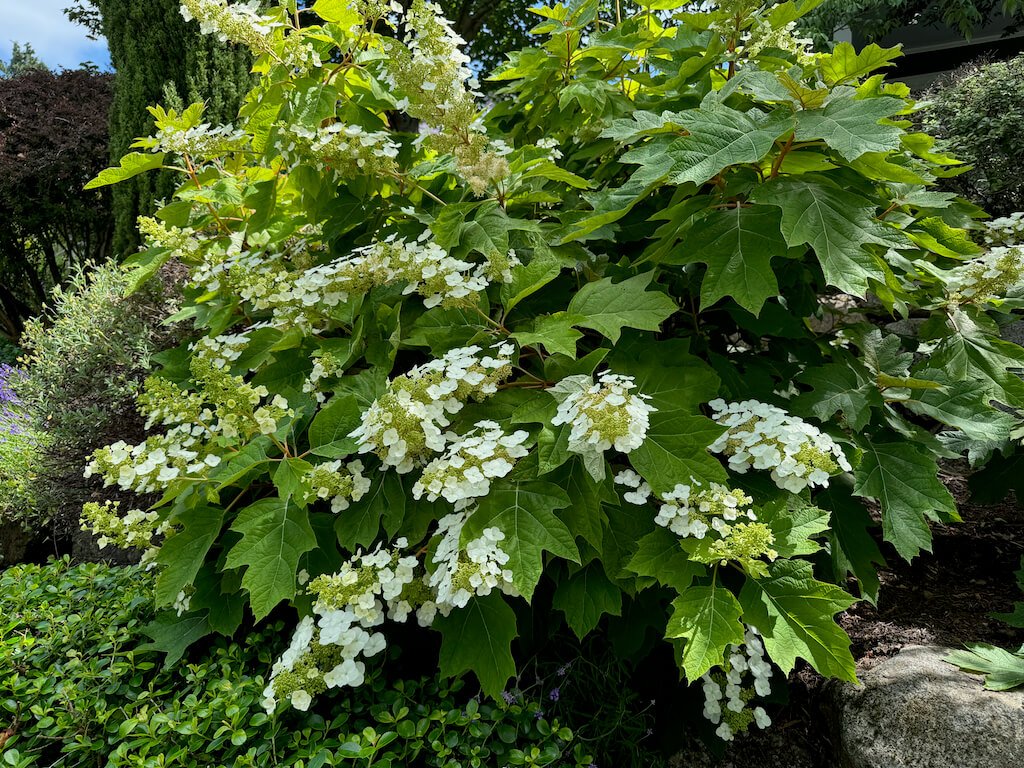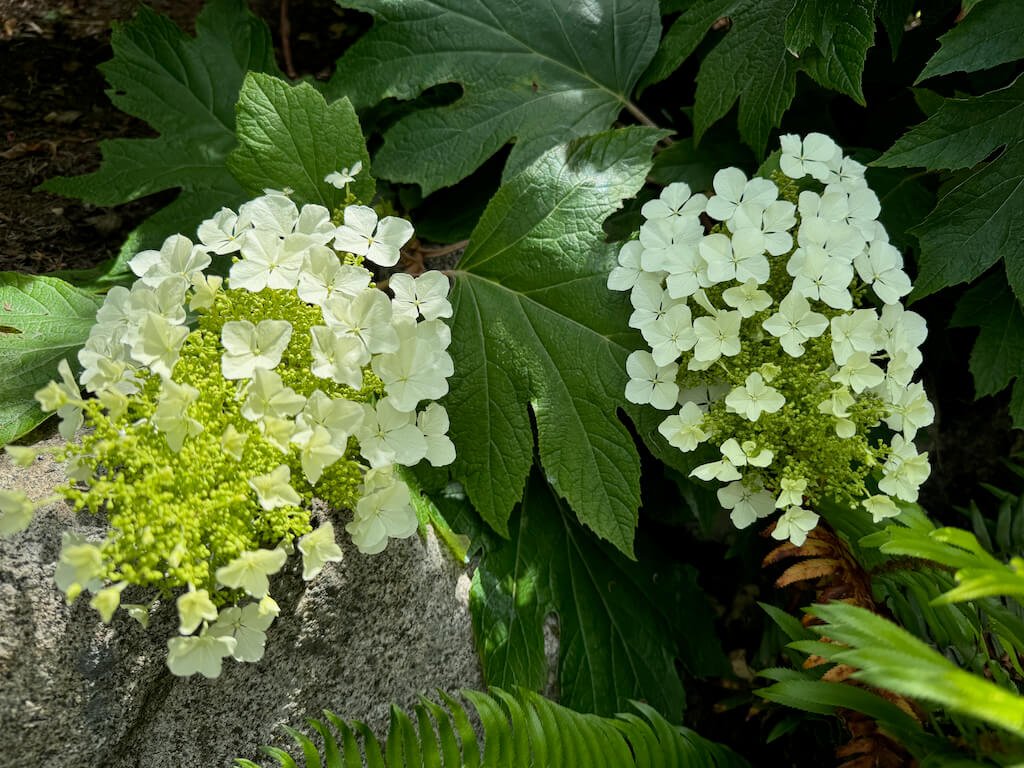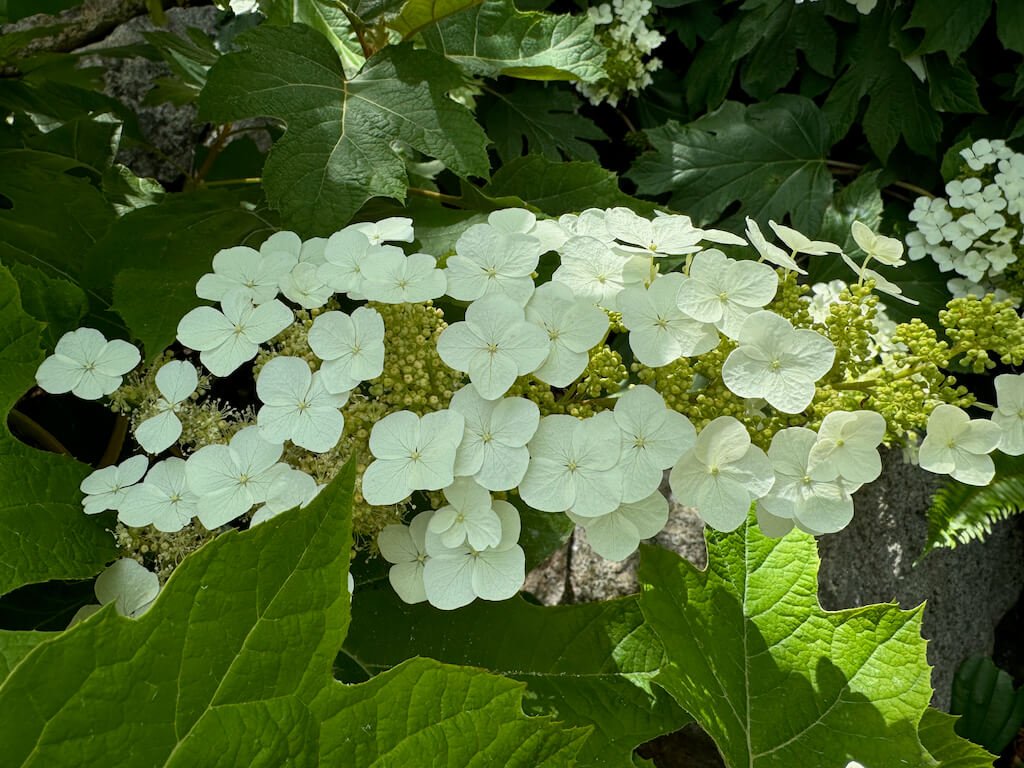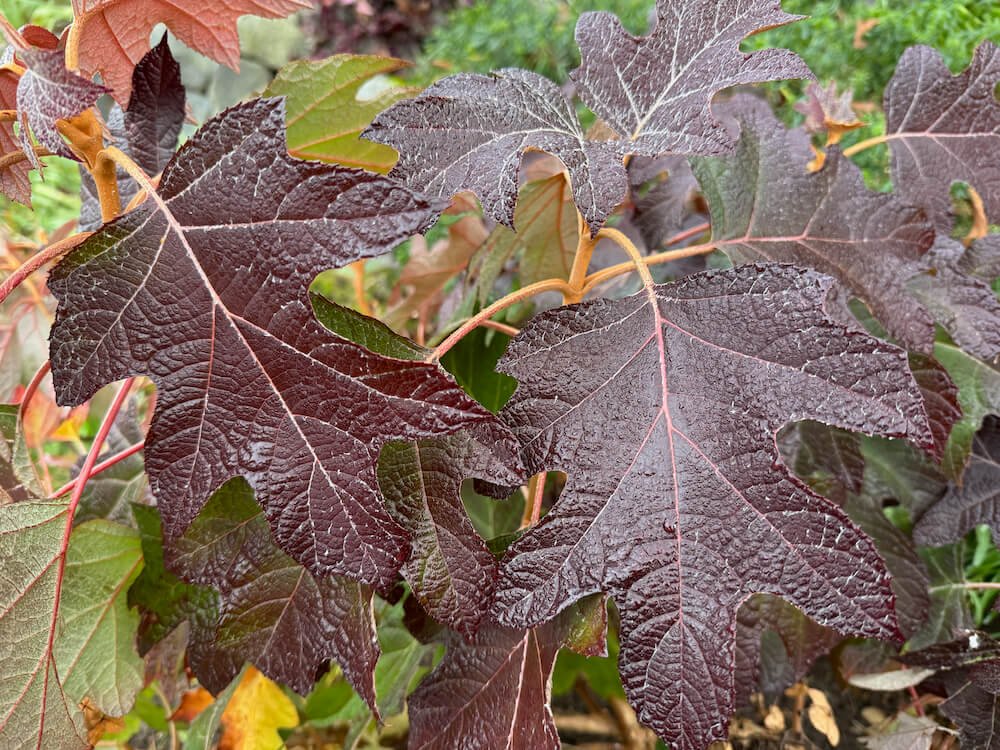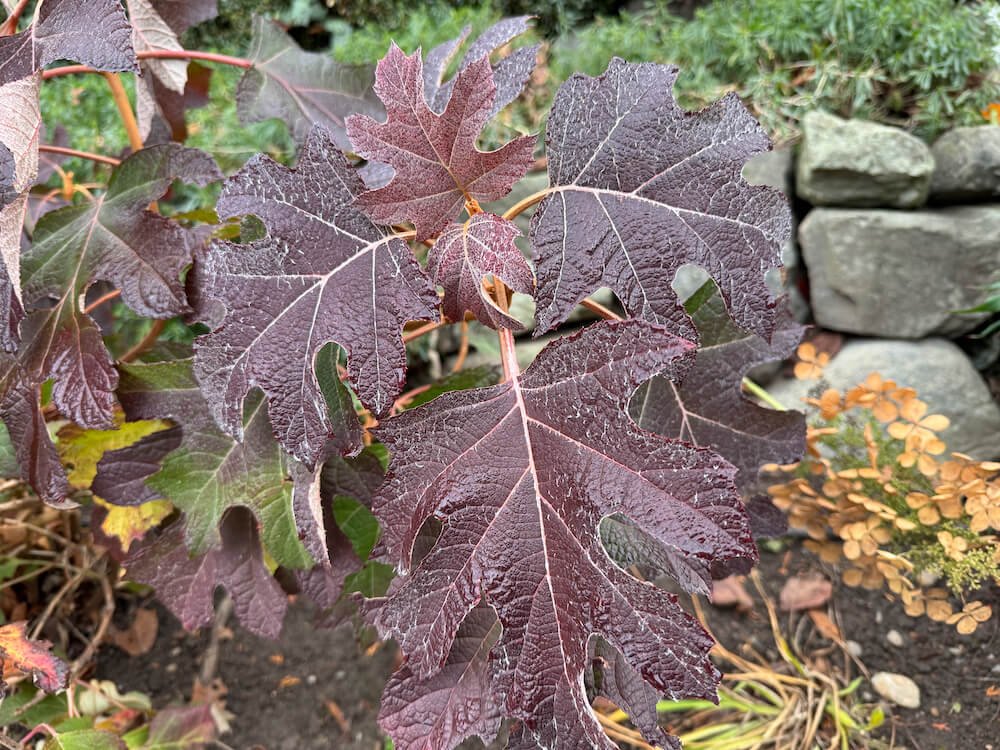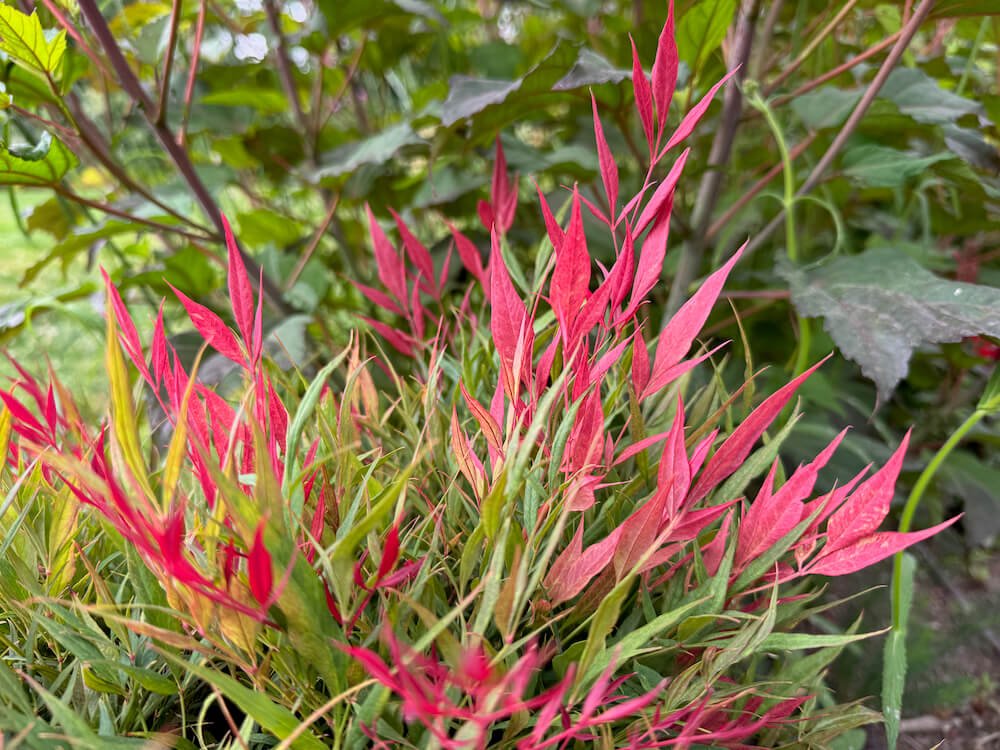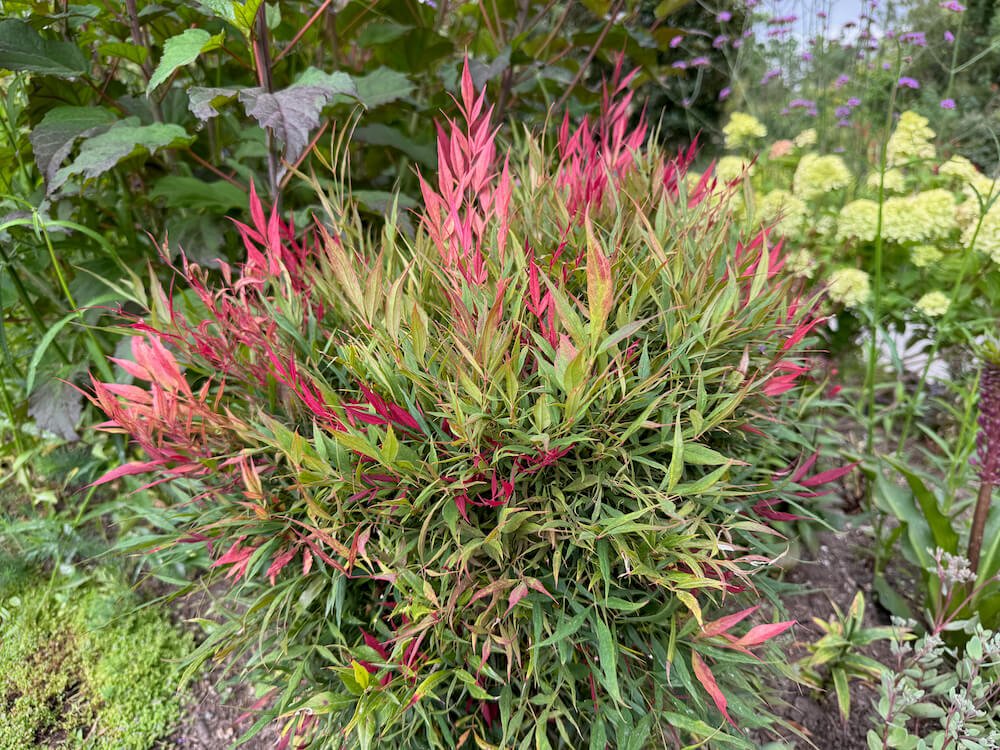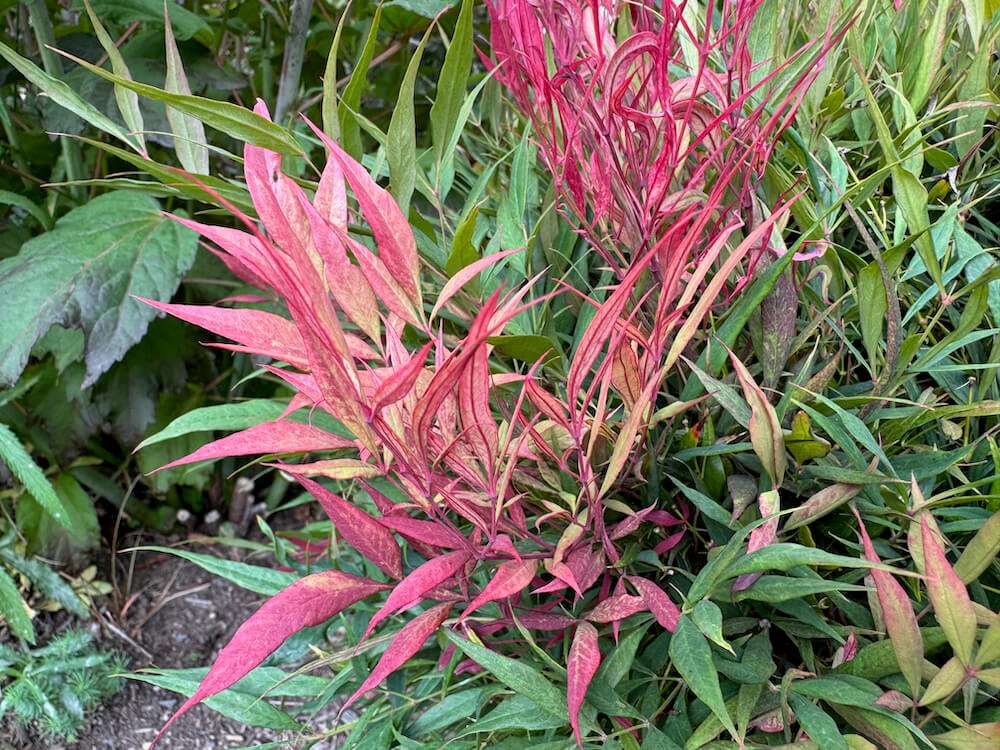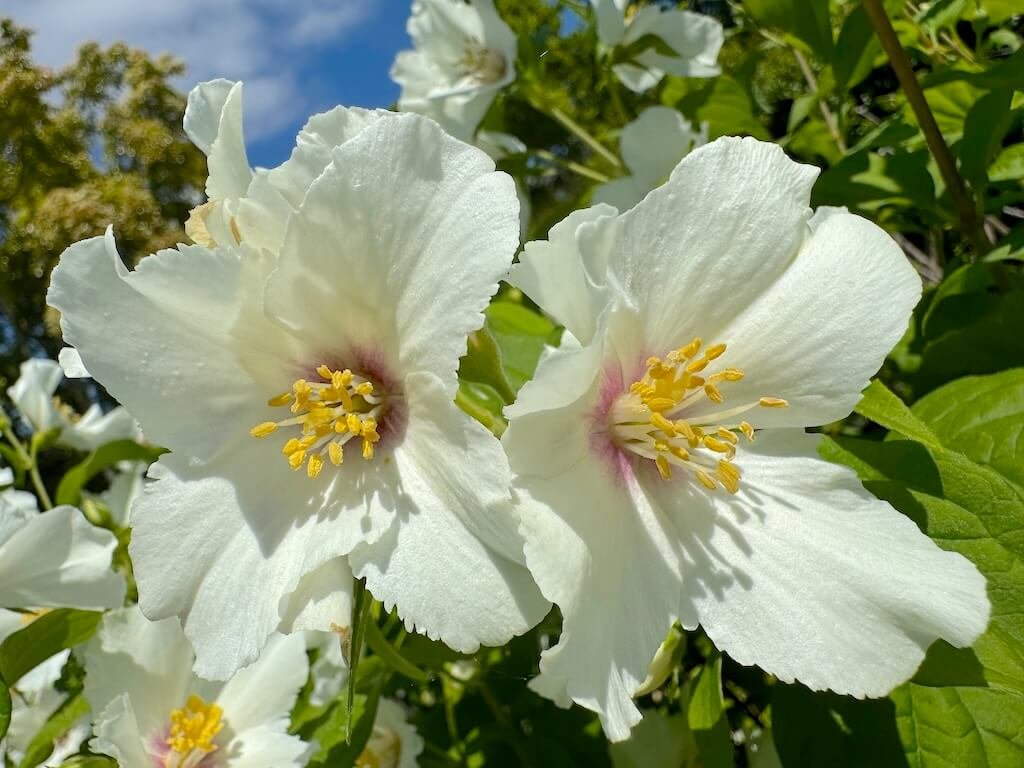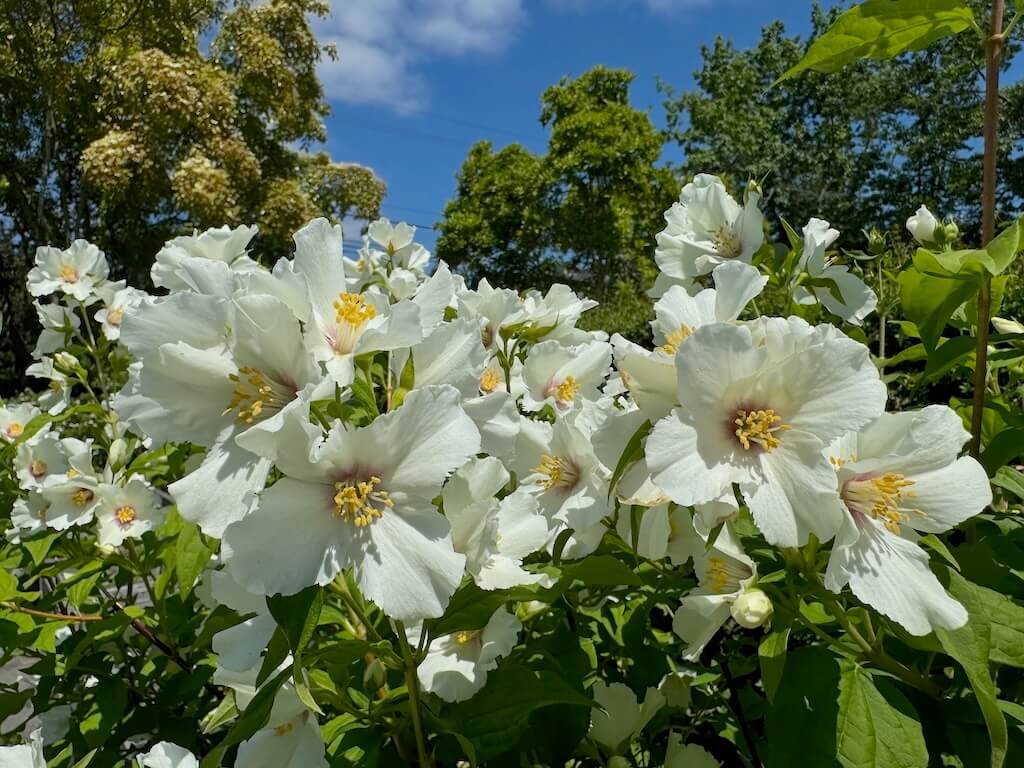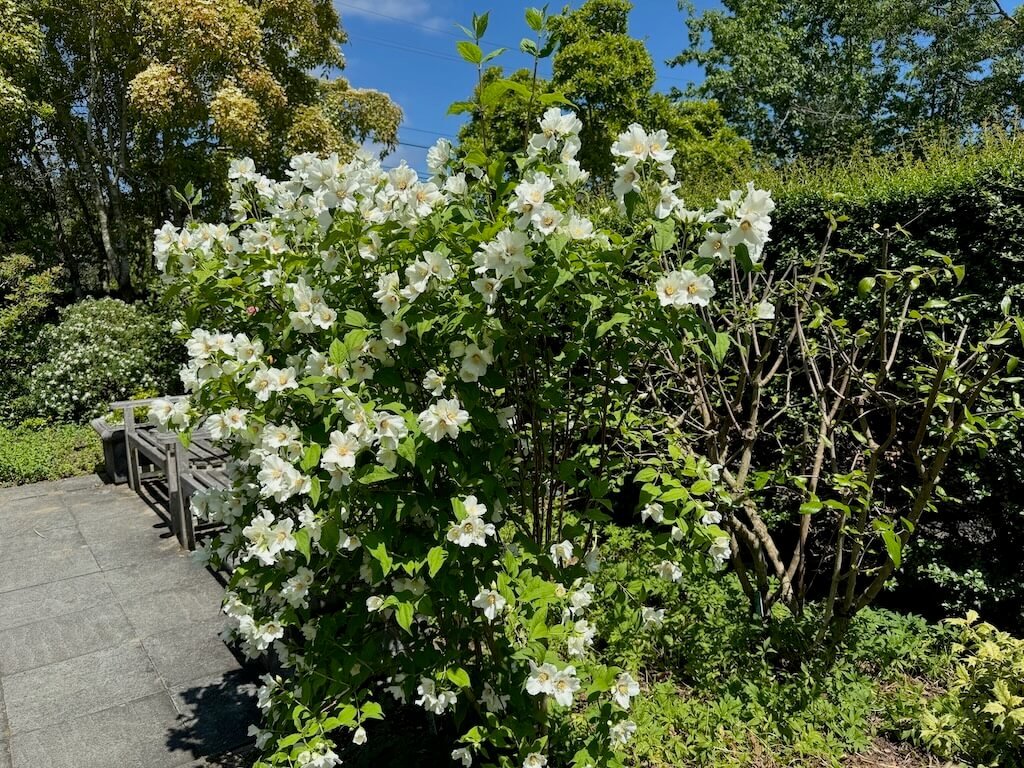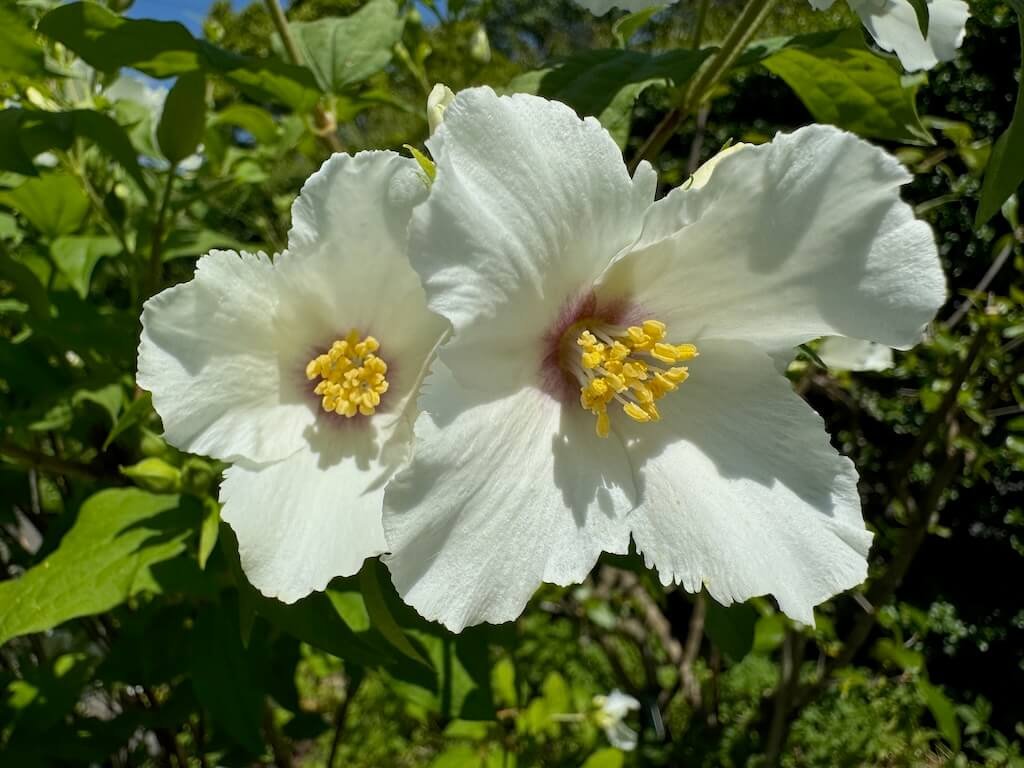 Image 1 of 5
Image 1 of 5

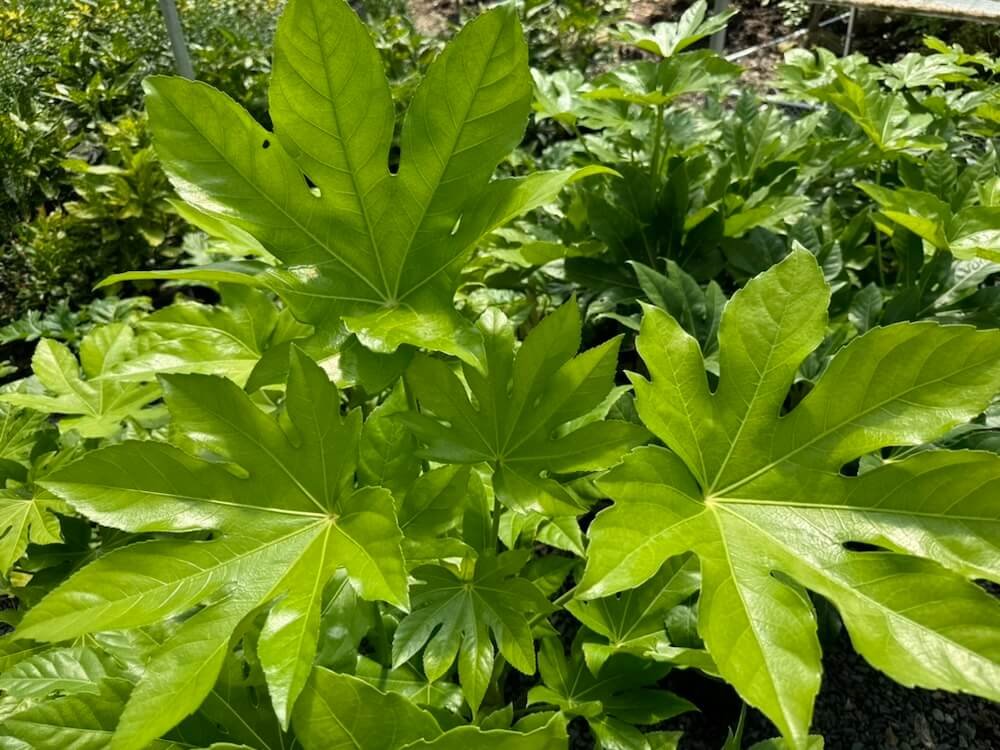 Image 2 of 5
Image 2 of 5

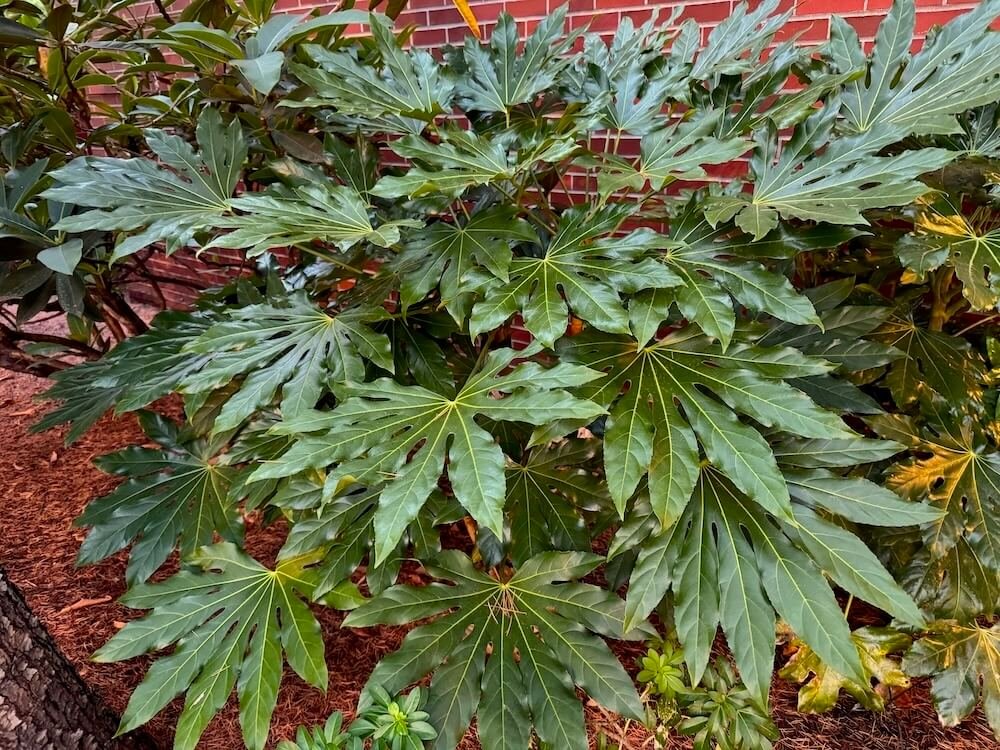 Image 3 of 5
Image 3 of 5

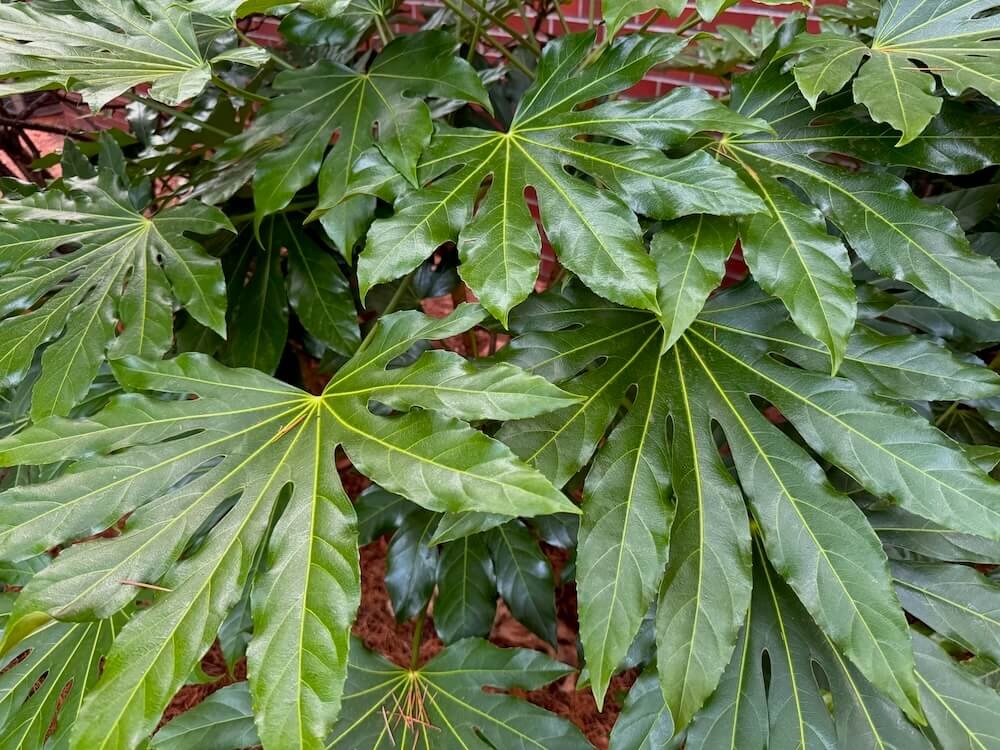 Image 4 of 5
Image 4 of 5

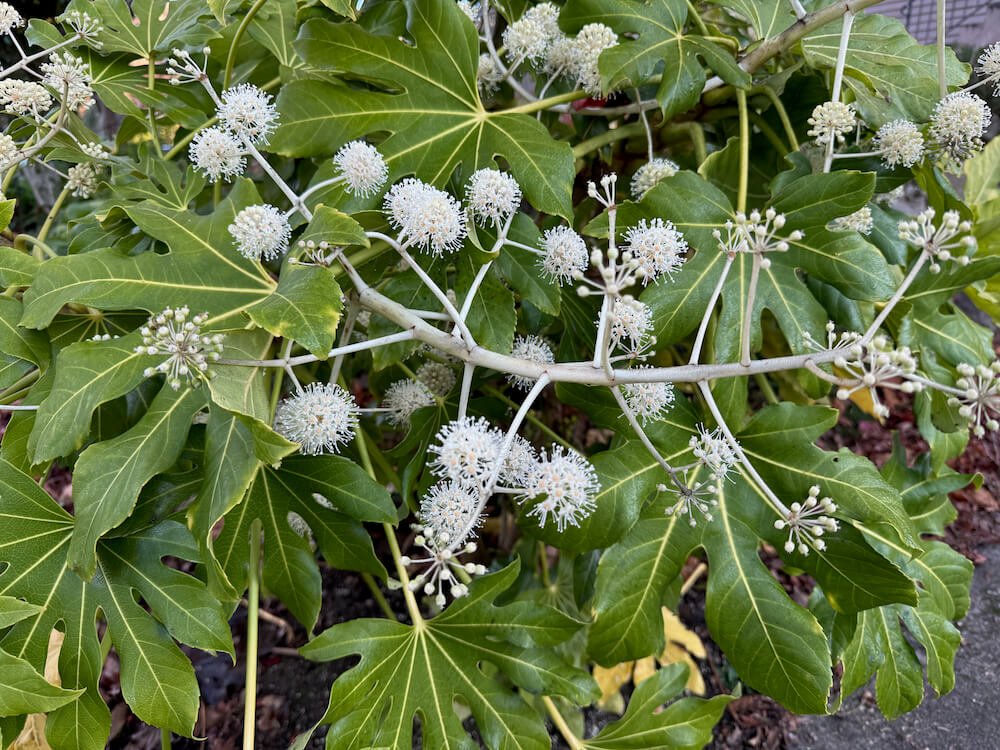 Image 5 of 5
Image 5 of 5

Fatsia japonicaJapanese Aralia
DESCRIPTION
Fatsia japonica, commonly known as Japanese aralia, is an evergreen shrub prized for its bold, tropical-looking foliage. Its large, deeply lobed, glossy green leaves create a lush and architectural appearance, making it a standout in shady garden spaces. In late fall to early winter, the plant produces clusters of small, creamy-white flowers held in spherical umbels, which are followed by small black berries that attract birds.
Native to Japan and Korea, Fatsia japonica thrives in woodland settings and urban gardens alike, valued for its adaptability and year-round interest. Its dramatic foliage and late-season blooms make it a popular choice for adding texture and greenery to sheltered spots, whether as a specimen plant or part of a mixed border. The shrub’s origins in temperate East Asia contribute to its resilience and ornamental charm.
DESCRIPTION
Fatsia japonica, commonly known as Japanese aralia, is an evergreen shrub prized for its bold, tropical-looking foliage. Its large, deeply lobed, glossy green leaves create a lush and architectural appearance, making it a standout in shady garden spaces. In late fall to early winter, the plant produces clusters of small, creamy-white flowers held in spherical umbels, which are followed by small black berries that attract birds.
Native to Japan and Korea, Fatsia japonica thrives in woodland settings and urban gardens alike, valued for its adaptability and year-round interest. Its dramatic foliage and late-season blooms make it a popular choice for adding texture and greenery to sheltered spots, whether as a specimen plant or part of a mixed border. The shrub’s origins in temperate East Asia contribute to its resilience and ornamental charm.
DESCRIPTION
Fatsia japonica, commonly known as Japanese aralia, is an evergreen shrub prized for its bold, tropical-looking foliage. Its large, deeply lobed, glossy green leaves create a lush and architectural appearance, making it a standout in shady garden spaces. In late fall to early winter, the plant produces clusters of small, creamy-white flowers held in spherical umbels, which are followed by small black berries that attract birds.
Native to Japan and Korea, Fatsia japonica thrives in woodland settings and urban gardens alike, valued for its adaptability and year-round interest. Its dramatic foliage and late-season blooms make it a popular choice for adding texture and greenery to sheltered spots, whether as a specimen plant or part of a mixed border. The shrub’s origins in temperate East Asia contribute to its resilience and ornamental charm.
-
Family: Araliaceae
Height: 5 to 10 feet
Width: 5 to 8 feet
Foliage color: Glossy, dark green, deeply lobed leaves
Flower color: Small white flowers in clusters (umbels)
Bloom time: Late fall to early winter
Light requirements: Partial shade to full shade
Water requirements: Moderate
Maintenance: Low; occasional pruning to shape and remove damaged leaves
Growing zone: USDA zones 7 to 10
Wildlife attractors: Flowers attract pollinators; berries (black or purple) are food for birds

